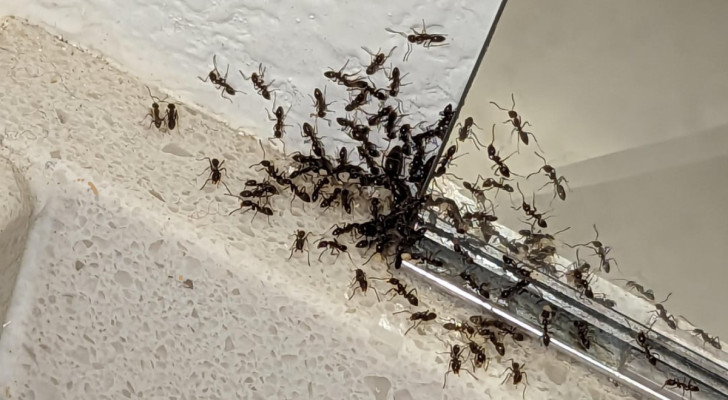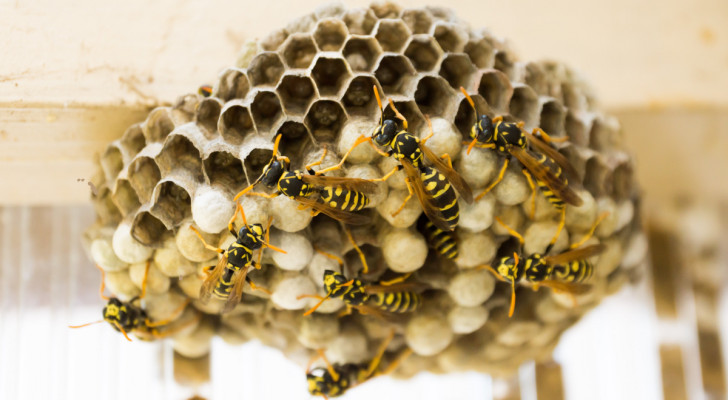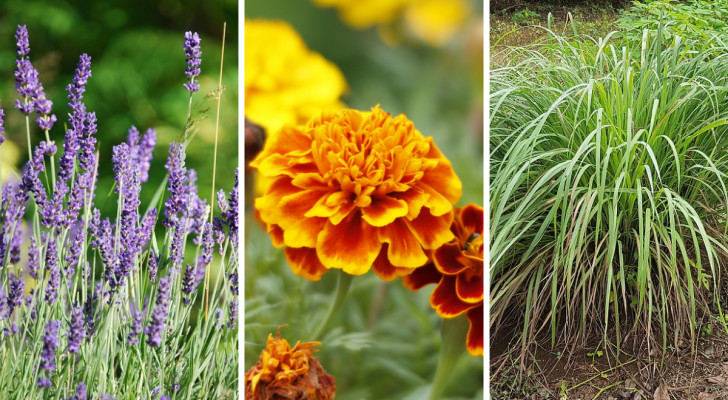Do you have white specks on the leaves of your plants? Find out what these are and how to eliminate this harmful threat
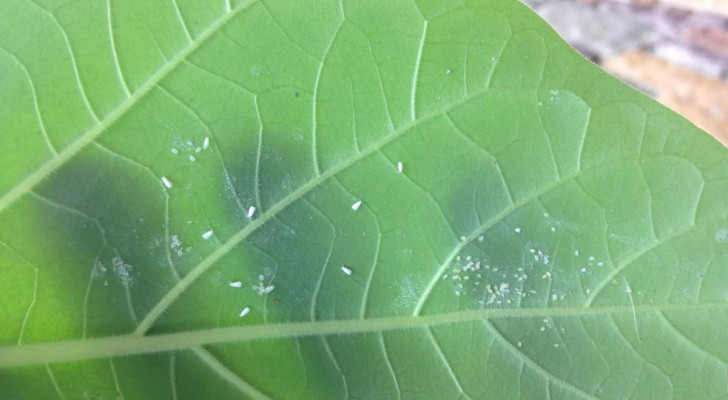
Aleyrodidae, commonly known as whiteflies, are small white midges that can infest your plants in summertime, sometimes causing considerable damage.
Native to tropical countries, this parasite is highly adaptable to different environmental conditions, although it thrives best in poorly ventilated, hot and humid places such as greenhouses, where it can cause great damage. Let's find out below how to eliminate these annoying and harmful parasites from your plants.
How to identify whiteflies
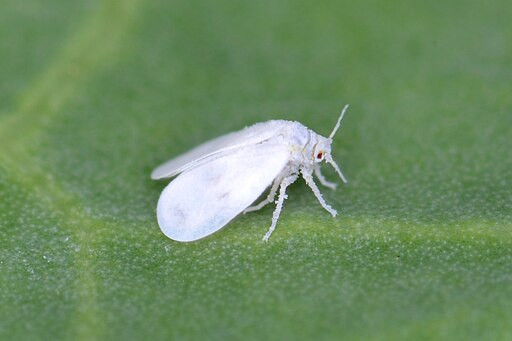
Whiteflies commonly infest plants from early spring and can be easily recognized by their appearance which is a cross between a fly and a midge and they are white in color. They are about 2 mm in length and have a yellowish body with wings covered in white fluff. They can usually be found on the underside of the leaves, where they feed on the plant's sap which they suck up using their proboscis.
The female lays from 150 to 200 eggs per month, making whiteflies particularly prolific and quick to swarm/infest areas.
Plants commonly infested by whiteflies include both flowering, fruit and vegetable species; the plants affected by this parasite soon begin to show signs of the infestation such as stunted growth, virosis, gradual defoliation, necrosis and leaves falling off.
Fortunately, careful observation can allow you to spot these harmful parasites in time, allowing you to act timeously.
How to eliminate whiteflies
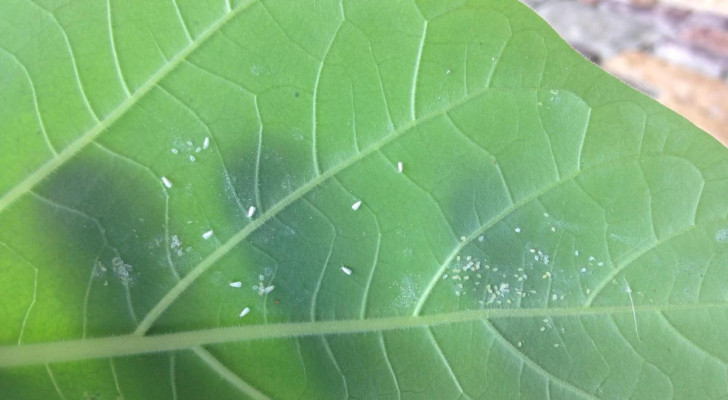
There are several strategies you can adopt to prevent and eliminate whitefly:
- A very effective strategy consists in surrounding your plants with a very thin mesh net, in order to prevent whiteflies from getting to them;
- Monitor and eliminate any weeds near the plants you wish to protect in your garden;
- If you notice the presence of whiteflies on the leaves of your plants, a simple solution to get rid of them is to wash them away with jets of water (from a hose) or wiped away with a damp cloth;
- Stickly color traps are also very useful: whiteflies are in attracted to the color yellow and therefore placing sticky yellow traps near your plants will attract and trap the adult insects, reducing their population. Traps need to be replaced every 3/4 days to eliminate the adult whitefly population;
- You can also try a natural, biological control method: introducing the natural enemies of whiteflies, such as the Encarsia formosa, cardidoideus hymenoptera (both being types of wasps) and ladybugs, will be perfect for this purpose;
- As a preventative measure, you can spray the leaves of your plants with soybean oil and linseed oil. This will nourish your plants, clean them and protect them from whiteflies;
- Finally, we advise you to keep the ambient temperature below 27 degrees C and to periodically wash your plants with citronella soap (which will repel a range of parasitic insects).
By following these tips, your plants will always be free from whiteflies!
